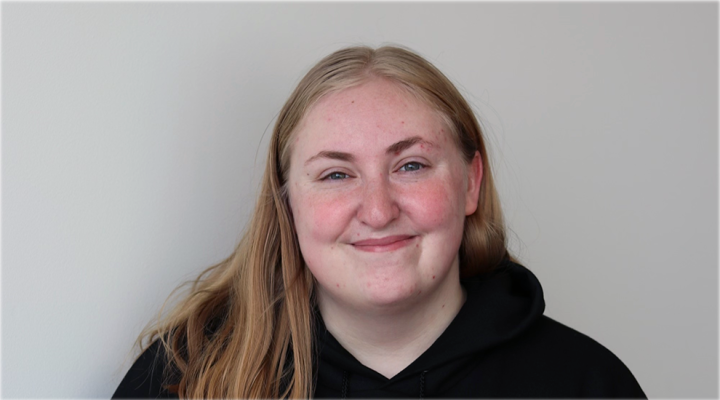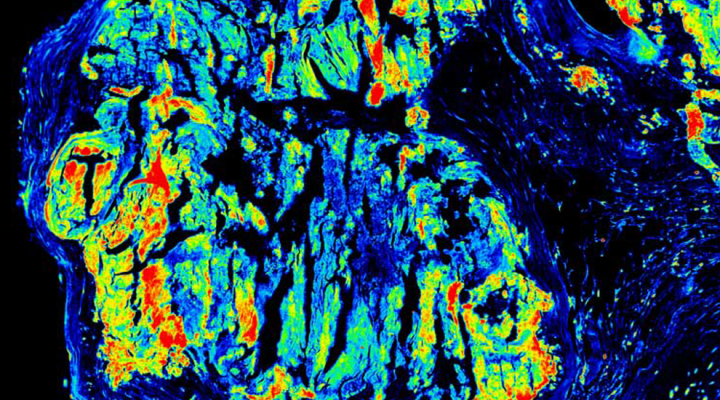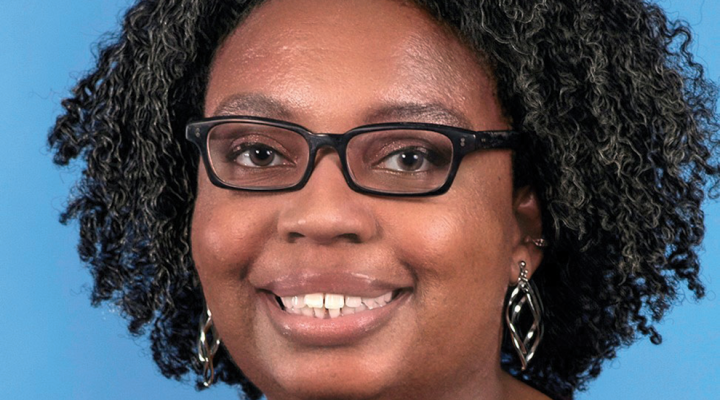When Alex Ruyack was in high school in the village of Brewster, NY he was involved in an after-school science research group led by his chemistry teacher, Ed Schmidt. “I really liked science and Mr. Schmidt enjoyed spending his free time helping kids think beyond the science we were learning in school, so it worked out well for me.”
Through his participation in the group, Ruyack managed to secure $50.00 to buy the supplies necessary to build his own small furnace. Once it was built, Ruyack followed the procedures from a paper he discovered and managed to fabricate his own carbon nanotubes. “What I made was this black pyrolytic mess,” says Ruyack. “I wasn’t sure if I had actually made any nanotubes so I sent a sample off to Professor Paul McEuen’s group at Cornell’s Physics Department. Graduate student Melina Blees imaged it for me and then got back to me to let me know that I had indeed managed to make some carbon nanotubes.”
That interaction with Paul McEuen and his lab started Ruyack on a path that has now had him at Cornell for ten years. Ruyack earned his undergraduate degree from Cornell in Materials Science and Engineering (MSE). He is currently in the sixth year of his doctoral studies in Electrical and Computer Engineering (ECE). Ruyack is in the SonicMEMS lab of Professor Amit Lal, working on vanishing electronics, zero-power sensors, and potential applications of graphene in MEMS transducers. (It seems fitting that, along with Amit Lal, Professor Paul McEuen is a co-advisor to Ruyack in his doctoral studies.)
MEMS is the term used to refer to technologies using miniaturized mechanical and electro-mechanical elements. It stands for micro-electro-mechanical systems.
“The project that is taking most of my time and attention lately,” says Ruyack, “is the DARPA N-ZERO program.” DARPA is the Defense Advanced Research Projects Agency and their Near Zero Power RF and Sensor Operations area of research has as its stated goal the development of “the technological foundation for persistent, event-driven sensing capabilities in which the sensor can remain dormant, with near-zero power consumption, until awakened by an external trigger or stimulus.”
In plainer English, most sensors pick up sound, light, vibrations, or other signals using active electronics that require an energy source. Even with the best and most efficient batteries, these sensors have limited useful lifetimes before they (or their batteries) need to be replaced. Ruyack and Lal are working to create sensors that use almost no energy at all. “It’s not just the military who would benefit from these sorts of sensors,” says Ruyack. “They could be used for continuous environmental and agricultural monitoring. They could be used by scientists studying earthquakes. The Internet of Things is going to rely on sensors everywhere. The number of applications is unlimited.”
By its very nature, MEMS work is interdisciplinary. It involves electronics, materials, mechanical engineering, and computer programming. Ruyack was drawn to the field initially because of this interdisciplinary nature. Ruyack came to Cornell due to his interest in physics, started his undergraduate studies in environmental engineering, and then transferred into materials science. His ECE graduate work in the SonicMEMS Lab made perfect sense to Ruyack. “MEMS research ties together my broad undergrad studies and Cornell is the perfect place to explore a wide breadth of options. It is such an interdisciplinary place.”
Ruyack is on track to graduate in May of 2019. He is exploring a few options for what to do next. The possibility he seems most excited about is a program Amit Lal is starting in Singapore in partnership with government and industry. “It would allow me to continue my current work, but with even better equipment,” says Ruyack. “It would allow me to take my Ph.D. work to the next level.”





